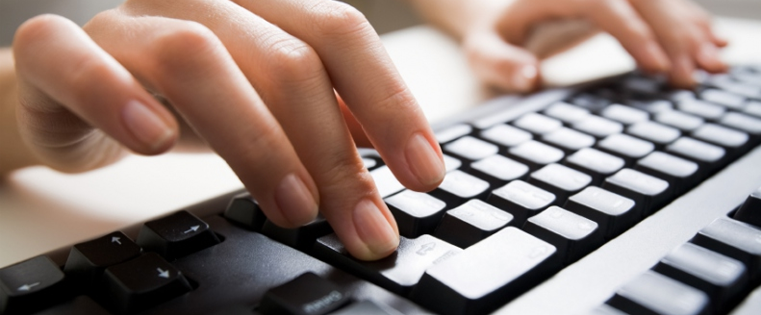10 Things Every Instructional Designer Should Do

As instructional designers, we always come up with new strategies and innovative ideas to create storyboards. We put our best to make the eLearning courses look different and engaging to the learner. When doing such things, we should try to check whether our efforts are reaching the target learners effectively or going in vain. This is important because we often tend to miss out a few basic things that are essential, when we concentrate on the formulation of various instructional design strategies.
In this blog, I will discuss ten things that every instructional designer should remember and put in practice while working on storyboards.
Here we go………
Top 10 Must-Dos for Instructional Designers!
- Know target audience
- Analyze the content for eLearning
- Set appropriate learning objectives
- Ensure proper chunking
- Have good visualization
- Provide effective audio
- Align summary with learning objectives
- Align eLearning assessments with learning objectives
- Provide feedback effectively
- Review it properly
1. Know target audience
Our goal is to reach the learner. So, the first thing that you need to know is who your target audience is and why they are taking the course. This helps us set effective learning objectives, select the images that suit learners, decide appropriate instructional design strategies (scenarios, storytelling etc.) and do much more.
2. Analyze the content for eLearning
Analyzing the content is the second important thing that needs to be done. Once we receive inputs from the client, we need to thoroughly go through the content, identify the gaps if any, work with SMEs and fill the gaps. Then, we need to organize the content in an order and create an outline. This helps us give a proper structure to the course.
3. Set appropriate learning objectives
Setting clear objectives is very important as it gives the learner a clear understanding of what he would gain after completing the course. So, it is essential to keep in mind the reason for taking up the course. Then, create objectives based on it. This gives the learner a reason to go through the course.
Want to set clear learning objectives for your eLearning courses? Watch this video Now!
4. Ensure proper chunking
When putting the content on the screen, we should be able to differentiate the “need to know” content from the “nice to know content”. This helps us arrange the on-screen content easily. The need to know content must be shown on the screen whereas we can give the nice to know content as “more information”.
5. Have good visualization
91% of consumers now prefer interactive and visual content over traditional, text-based or static media.
Source: Forbes
Good visualization keeps the learner engaged. So, we need to make sure that the content is represented appropriately. The images used should be meaningful and placed in a proper position. This enhances the look and feel of the course.
6. Provide effective audio
Audio plays a very important role in eLearning. The course will be incomplete without proper audio. So, we should be careful while making audio for the course. Not all content on the screen should be read in audio. The audio should give a brief description of the on-screen information.
7. Align summary with learning Objectives
While summarizing, we provide a gist of information that we feel is important to be revised. But, we often forget to align them with learning objectives. We should make sure all the learning objectives of the course are being taught and summarized accordingly at the end.

8. Align eLearning assessments with learning objectives
In order to determine whether the learner has reached the objective of the course or not, it is essential to align eLearning assessments with the learning objectives of the course. There must be at least one question based on each learning objective. This helps us assess how far the learner has achieved the goal.
9. Provide feedback effectively
There is always a chance that the learner might have guessed the correct answer. So, while giving the feedback, we need to explain why the selected answer is correct if the correct option is selected and why the selected answer is wrong if the wrong option is selected. This keeps the learner motivated and helps him retain the information.
10. Review it properly
Finally, you need to remember that there is always a chance of errors creeping into the storyboard. So, there is nothing wrong in re-checking the storyboard. Make a checklist of things that need to be cross-checked and review accordingly.

There is no doubt that we always need new instructional strategies and innovative ideas in our storyboards; but, when we include new things, we shouldn’t neglect the basic things. I hope you find this blog informative. Unlock the secrets to creating captivating custom eLearning experiences! Dive into our comprehensive guide on instructional design today. Download now and start transforming your custom eLearning courses!






